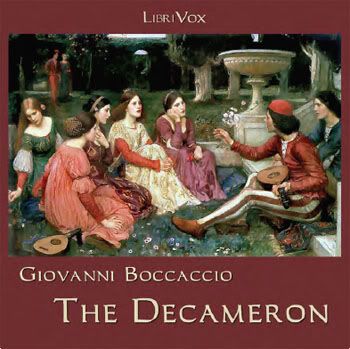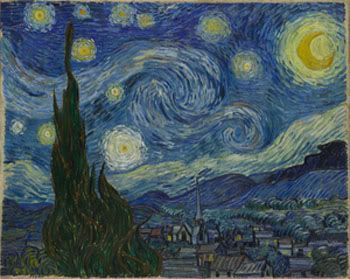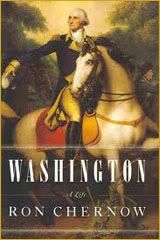Vincent van Gogh's painting The Starry Night is also
on the poster for Woody Allen's Midnight in Paris
I
wrote in this blog entry:
Woody Allen is back. In a modest and sweet way. He's brought his ironic, but profoundly romantic, slant back to his film-making in his latest film You Will Meet a Tall, Dark Stranger.
You Will Meet a Tall, Dark Stranger was in the cinemas in 2010. A year later, Allen has another romantic, light comedy,
Midnight in Paris. He seems to be on a roll. I hope he comes up with similar projects each year, to make up for his hiatus.
Midnight in Paris is a flight of fancy movie with characters who wish they were living in previous eras. Owen Wilson's character, Gil Pender, has been stuck on writing his novel for several years. Gil says that he admires the 1920s and idolizes all these artists, who help him create his novel (in
his epoch of 2011). Appropriately, his novel is about a man who works in a nostalgia shop. While not laboring over his oeuvre d'art, Gil is a successful screenplay writer for Hollywood.
He is in Paris on vacation with his fiancée Inez and her parents. When Inez leaves him to go dancing one night, he decides to go for a walk himself. At the strike of midnight (à la Cinderella?), what looks like a vintage car from the 1920s stops near him, and the driver tells him to climb in. Thus begins Gil's adventure, where he enters the festive Paris of the 1920s literary stars such as Gertrude Stein, Ernest Hemingway, the Fitzgeralds, surrealist painter Salvador Dali and modernist photographer/filmmaker Man Ray.
His 1920s interlude lasts only for the night, and he is back in ordinary Paris during the day. But he keeps returning to the same spot each night to be transported back to his idyllic era. There, he also meets Adriana, a young woman who is an assistant to Coco Chanel. She has recently separated from none other than Picasso, and Gil is more than willing to take his place.
Her idyllic era is the very early 20th century Belle Époque, where, naturally, Gil and Adriana are transported (at least Dali, the guardian of surrealism finds this "natural"). Degas, Toulouse-Lautrec and Gauguin await them there. Gauguin reveals that his favorite era is the Renaissance, in the company of Titian and Michelangelo. And so back in time we travel again.
There is a funny interlude (still, the whole film is funny and witty) where Inez's parents hire a detective to follow Gil in his nightly escapades. Allen frames the detective in a dark doorway in the high contrast style of 1940s Film Noir, trying to hide from Gil. Later on this "detective" is seen lost running around in 17th century Versailles. Neither of these times seem to be the detective's ideal eras, but rather it is the filmmaker (Allen) who teases him (and us) by changing the backdrop according to
his whim and creative fancy. I just think that Allen is biased towards "creative" people, and detectives not only don't fall in that category, but that their very role inhibits creativity.
These travels back in time aren't mere fantasy. They are Allen's way of showing us that artists are indebted to those who came before them, and do travel back in time figuratively when creating their own contemporary pieces. The film is as much a comedy about time travel as it is a gentle, imaginative exploration about how artists create. And surely, even Adriana, the modest assistant to Chanel, has chosen the rich late 19th century as her
creative reference for designing and creating clothes.
Woody Allen fills this fantasy film with beautiful Paris scenes, and costumes and interiors straight out of art books. He also infuses his film with music,
as he did in
You Will Meet a Tall, Dark Stranger. In
Midnight in Paris, he has Cole Porter, Louis Armstrong's contemporary Sidney Bechet, and Glenn Miller's Moonlight Serenade. And many French melodies. He also reintroduces jazz guitarist Django Reinhardt, who was on his score for
You Will Meet a Tall, Dark Stranger.
While looking online for more references on the music from
Midnight in Paris, I found a link to Duke Ellington's 1962 album of the same name. Wikipedia
informs us that: "The album features performances of compositions inspired by or associated with Paris." The album
has the fountain at Place de la Concorde with the Eiffel Tower in the distance on the cover (
here is a current view of the fountain). Was Allen, a
jazz musician himself, inspired by the Duke's music and homage to Paris to make his own film about the city? The intricate layers of influences that make a piece of art continue to unfold.
I have to admit that for all the bumbling ways of Gil, I am impressed with his choice of the 1920s. I say
here:
As I wrote in my previous post on Chanel's No. 5:
During that era, film making, photography, music, theater and dance were all meshed together forming a kaleidoscope of art. The more "applied arts" like design and fashion were also taken seriously, and were included in the artistic activities.
I think if I were to relive any epoch in the short life of our galaxy, it would be the 1920s, and not because they were "roaring," but because they were so creative.
Read More...
^Top
















